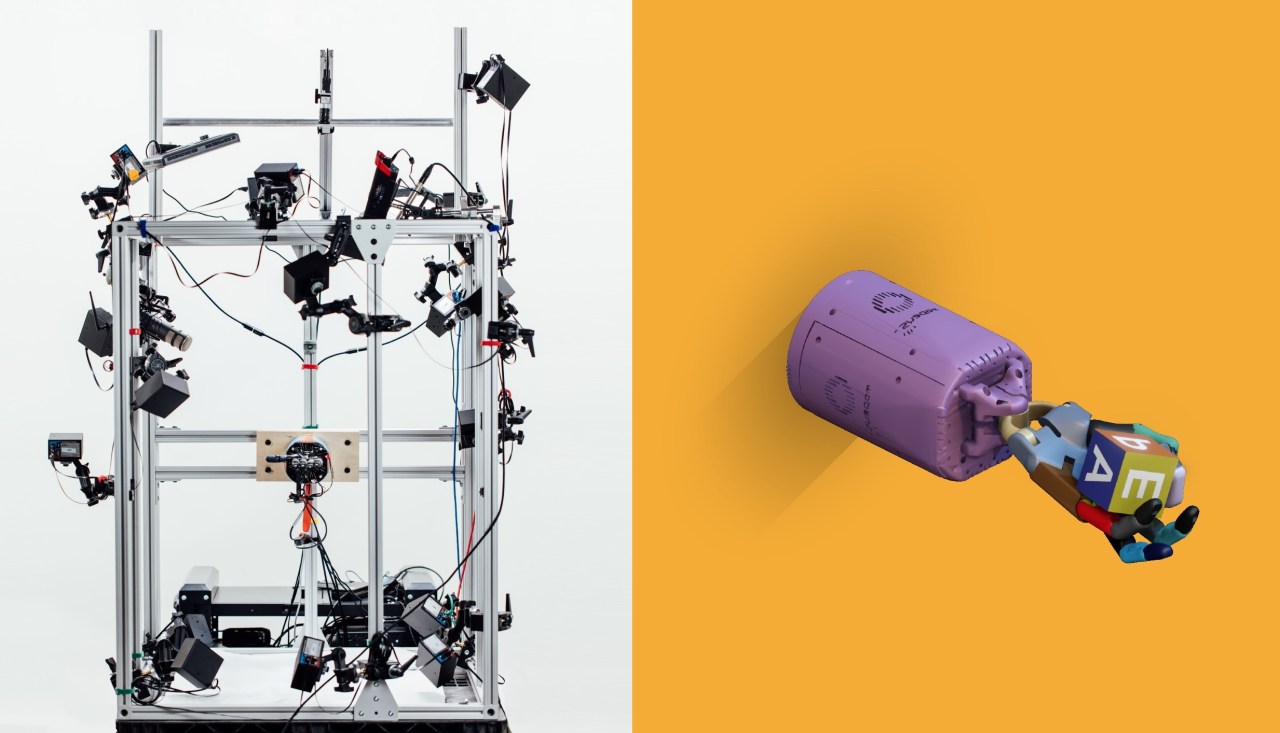In the realm of robotics, the ability to mimic human-like dexterity has long been a formidable challenge. While many robots excel in repetitive and specific tasks, such as assembly line work, they still fall short when it comes to the nuanced and adaptive nature of human grasping. Enter OpenAI—a research organization co-founded by Elon Musk and Sam Altman—that has achieved a groundbreaking advancement with its robotic hand, Dactyl. The most impressive aspect? It learned to manipulate objects all on its own, devoid of human input. Let’s delve into how this innovative approach is opening new frontiers in robotic capabilities.
The Complexity of Grasping
Gripping an object seems simple, but it embodies a myriad of complexities. As infants, we learn to grasp and manipulate objects instinctively, continually refining our skills over time. This process is far more intricate than it might appear—each object requires a unique approach, and with varying shapes, weights, and textures, the brain’s swift adaptation is key. Traditional robotics, however, often relies on explicitly programmed behaviors tailored to specific tasks. Imagine a factory robot proficient at using a bolt gun; it won’t understand how to hold a pencil, let alone write with it.
OpenAI’s Groundbreaking Dactyl System
The ingenious approach taken by OpenAI’s researchers involves eschewing human-centric data models. Instead, they immersed their robotic hand in a simulated environment where it could engage in a process of trial and error. The Dactyl system was not only given the basic configuration of its fingers but also fed data from three camera views of the objects in its grasp. This virtual experimentation allowed Dactyl to practice thousands of gripping techniques in mere seconds, developing its ability to manipulate objects like a human would.
A Deep Learning Procedure
- Massive Computing Power: Dactyl’s training employed an impressive 6144 CPUs and 8 GPUs, gathering approximately a hundred years of experience in just 50 hours.
- Real-World Application: After extensive training, the robot showcased its skills with fluid and natural movements that astounded observers.
- Adaptive Learning: The design allows for generalization across a wide range of objects, allowing Dactyl to adapt to new situations without requiring exhaustive programming for each tongue-twisting task.
Performance Beyond Expectations
Upon transitioning from the virtual world to real-world scenarios, Dactyl exhibited behaviors remarkably akin to those of a human. For instance, when handed an apple, it could rotate the fruit to inspect for blemishes, all while maintaining a firm grip. This capacity for comparison and manipulation draws upon a host of small motor skills often taken for granted. Whether it’s spinning a mug to find the handle or delicately shifting a complex object, Dactyl can perform these slight adjustments with impressive ease.
The Promise of Generalization
The primary takeaway from OpenAI’s venture with Dactyl is its ability to generalize its learnt skills. The flexibility to grip and manipulate a myriad of objects reflects a precept central to advancing robotics: a robot that can adapt is one that can succeed in diverse environments. This characteristic is crucial, especially when we consider the unpredictable nature of human-designed environments.
Conclusion: The Future of Robotic Dexterity
As we look towards the future, the implications of OpenAI’s Dactyl extend far beyond mere convenience. The integration of such autonomous learning algorithms into robots holds the potential to drastically transform industries, from manufacturing to healthcare, where dexterous manipulation of varied objects is critical.
At fxis.ai, we believe that such advancements are crucial for the future of AI, as they enable more comprehensive and effective solutions. Our team is continually exploring new methodologies to push the envelope in artificial intelligence, ensuring that our clients benefit from the latest technological innovations. For more insights, updates, or to collaborate on AI development projects, stay connected with fxis.ai.

